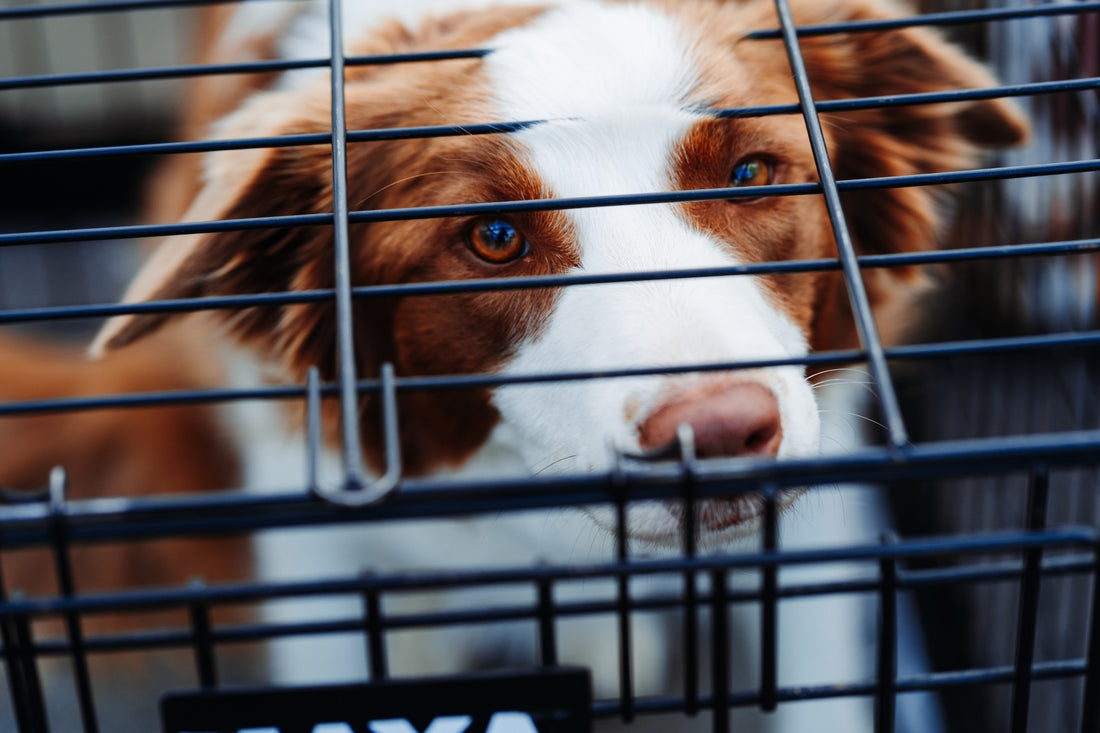
Dogs are crated creatures. They enjoy the predictability and comfort of having their own little nook, where they can unwind and remove themselves from the ruckus. Dogs and cats can have anxiety, just like people, if they’re not permitted to relax in their own personal space. For dogs, that space is many times, their crate.
Crate training plays upon your dog’s biological instincts as a den animal. Wild dogs sleep in dens, caves, and other places where they are protected from the weather while raising their families. That same instinct still resides in them today – and you can use it to your advantage.
Here’s everything you need to know about crate training a dog.
How to Crate Train a Dog
Step 1: Select the Crate
You will have the option of plastic, fabric, or metal crates.
Step 2: Select the Size
The crate should be just large enough for the dog to stand up without feeling squished. However, the crate shouldn’t be any larger than that, for dogs enjoy the feeling of being secured and nestled into their little nook. If you are unsure of a size, ask the pet representatives at the store and tell them about your dog’s age and breed.
Step 3: Introduce Your Dog
Place the crate somewhere in the home that receives a lot of family traffic. Typically, this will be the family room. Place a soft towel or blanket inside. Remove the door and allow the dog to explore the crate on their own time. If your dog doesn’t naturally go inside, bring them over to the crate and use a happy voice to talk to them. You can also drop treats in the crate to get them to enter it.
Step 4: Crate Meal-Time
Begin to feed the dog its meals near the create. This will help them associate reward and pleasure with the sleeping space.
Step 5: Small Crating Windows
Once the dog starts to go into the crate every now and then, experiment with short crating periods. Close the door after giving them a treat and observe the dog for a few hours in the crate, opening the door back up. Do note close your dog in a crate and leave for the day.
Step 6: Longer Crating Windows
Once your dog appears to be okay crated for 3-4 hours at a time, you can begin to crate them while you are at work, or through the night while you sleep. Of course, it’s never nice to crate a dog for longer than 8-9 hours at a time, as they will need to go to the bathroom.
Final Takeaways
Crating is not the end-all, be-all solution to canine behavioral problems. Yes, it can help with potty training as dogs will not want to soil their sleeping space. However, it should never be used as a punishment – your dog will come to fear it. Additionally, never leave your dog in a crate too long; it’s cruel, scary, and not natural for such an athletic creature.
Here at Winston Pet Company, we want the very best for you and your canine. Follow our steps above!

